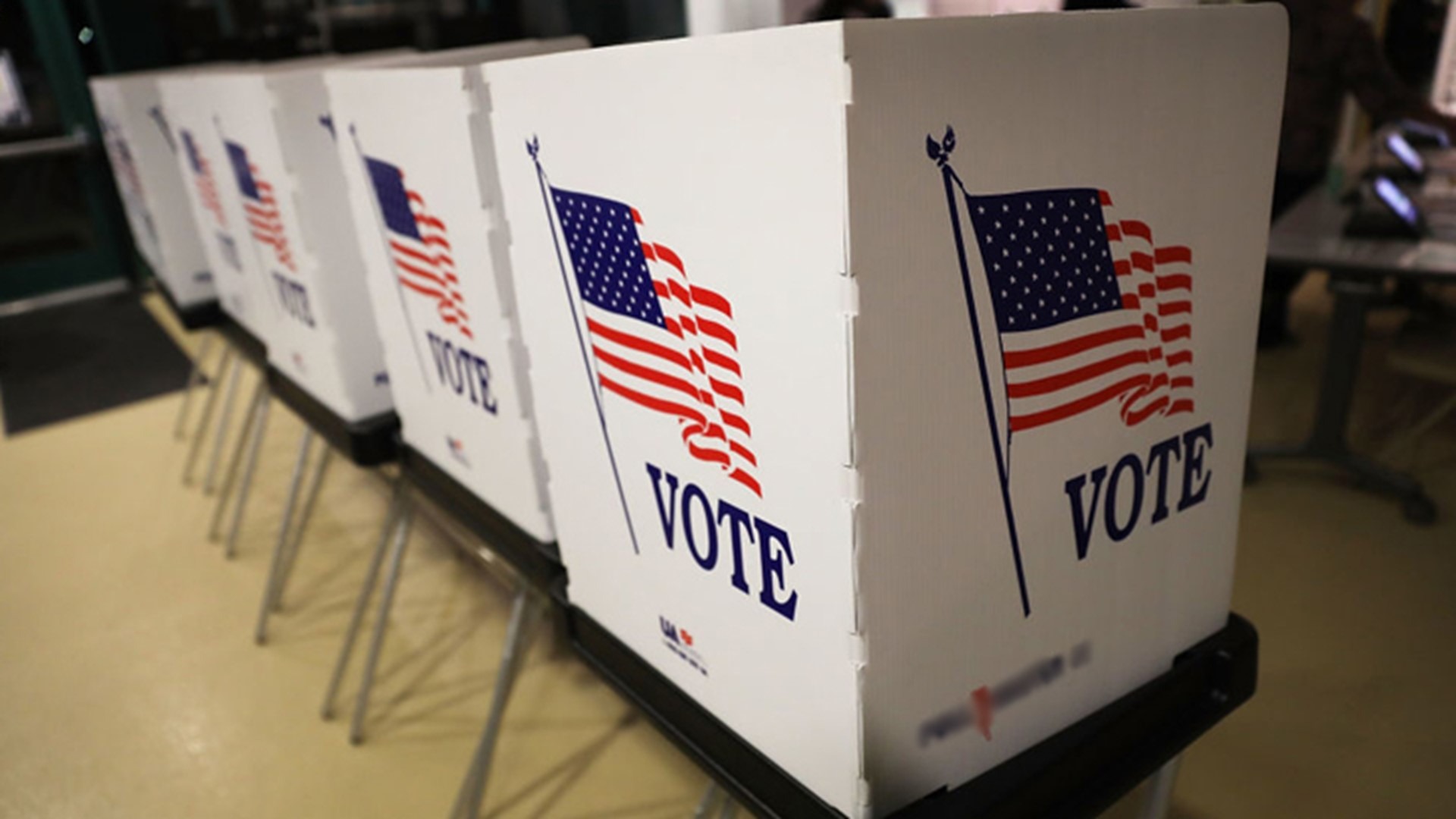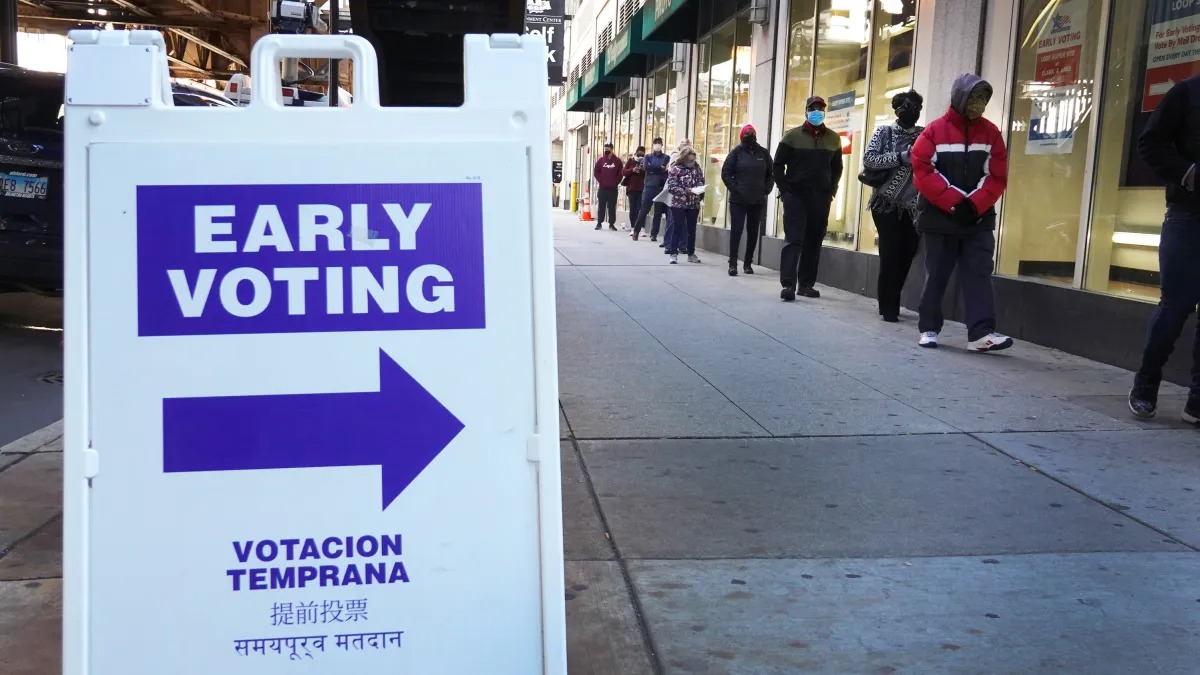Election years are supposed to be the pinnacle of democracy, where citizens engage in debate, campaigns, and ultimately come together to decide the course of their governance.
However, in Texas, the fate of the state is often sealed in the spring, with a significantly smaller portion of the population participating in these crucial elections.
This disparity is particularly evident in legislative and congressional races, largely due to gerrymandering and the lack of competitiveness in many districts. Let’s delve into the 2022 race in state House District 142 in Houston to understand this phenomenon better.

Texans Amid Tuesday’s Primary Election (Credits: First Coast News)
In this district, incumbent Harold Dutton faced discontent from some local Democrats for his support of a bill imposing restrictions on transgender student athletes and his backing of a state takeover of Houston ISD.
Capitalizing on this dissatisfaction, Candis Houston, supported by a coalition of progressive groups, challenged Dutton in the Democratic primary.
To put the numbers in perspective, imagine each fish representing approximately 1,000 people. This school of fish symbolizes the roughly 194,000 residents of HD 142 in 2022. Among them, about 139,000 were of voting age, and approximately 93,000 were registered voters.
However, in the Republican primary, only 2,251 voters cast their ballots, while a slightly larger but still relatively small number of 8,377 voters participated in the Democratic primary, including the closely contested race between Dutton and Houston.
Dutton emerged victorious in the Democratic primary by a slim margin of just 219 votes, highlighting the significant impact that a relatively small number of voters can have in shaping the outcome of an election in Texas.
This scenario underscores the need for greater engagement and participation in the electoral process to ensure a more representative and inclusive democracy in the state.























